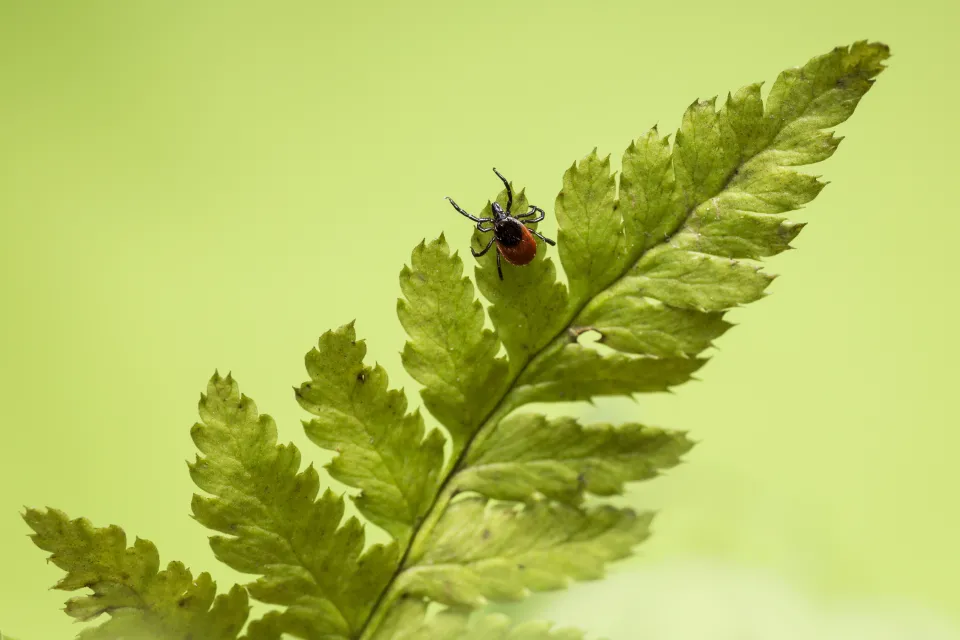Avoid warm weather diseases spread by insects

As we expect temperatures to begin increasing over the next few weeks, Olmsted County Public Health Services (OCPHS) offers advice to help families avoid potentially severe insect-related diseases associated with warmer months.
Mosquitoes
Mosquitoes spread the West Nile virus when they feed on infected birds and bite people, animals, or other birds.
Most people infected with the West Nile virus don’t have symptoms; however, if symptoms are present, they may include fever, headache, body aches, skin rash, and swollen lymph nodes. A small number of people develop the West Nile virus with severe headaches, fever, neck stiffness, stupor, disorientation, coma, tremors, convulsions, and paralysis.
OCPHS environmental health specialist Claire Knocke said, “Getting out in nature is important for our health, but we need to be smart to avoid getting bit by insects.”
OCPHS recommends several steps to prevent West Nile virus:
- Use Environmental Protection Agency (EPA)-registered insect repellents with DEET, Picardin, or lemon eucalyptus oil.
- Wear long-sleeved shirts and long pants.
- Take steps to control mosquitoes indoors and outdoors.
- Use screens on windows and doors.
- Empty containers of water to stop mosquitoes from laying eggs in or near water.
Ticks
Ticks can carry multiple tickborne diseases. Lyme disease is the most common. Lyme disease signs and symptoms can become present three to 30 days after a tick bite. People with Lyme disease can experience varying symptoms. A typical presentation of Lyme disease may include fever, chills, headache, fatigue, muscle and joint aches, and swollen lymph nodes.
Rashes from Lyme disease occur in approximately 70-80% of infected persons and expand gradually over several days, reaching up to 12 inches or more across. The rashes may feel warm to the touch but are rarely itchy or painful. In about 30% of cases, the rash becomes clear as it enlarges and may result in a “bullseye” appearance.
Only one in 10 people who get Lyme disease get diagnosed. Untreated Lyme disease can produce a wide range of symptoms, depending on the stage of infection. These include fever, rash, facial paralysis, and arthritis.
“Ticks that carry tick-borne diseases are here in Olmsted County,” Knocke said. “Enjoy the outdoors, but also know how to prevent tick bites.”
Tick exposure may occur when walking through, playing, or sitting in brushy and grassy areas or handling certain animals. Steps to avoid Lyme disease include:
- Walk in the middle of trails while hiking.
- Use EPA-registered insect repellents.
- Take a shower and check your body for ticks after being outdoors.
- Place your clothes in the dryer for 10 minutes on high to kill ticks on clothing.
- Don’t forget to protect your pets with tick and flea protection and Lyme disease vaccines.
###
Media Contact: Emma Diercks, Communications Specialist, 507-328-6166
